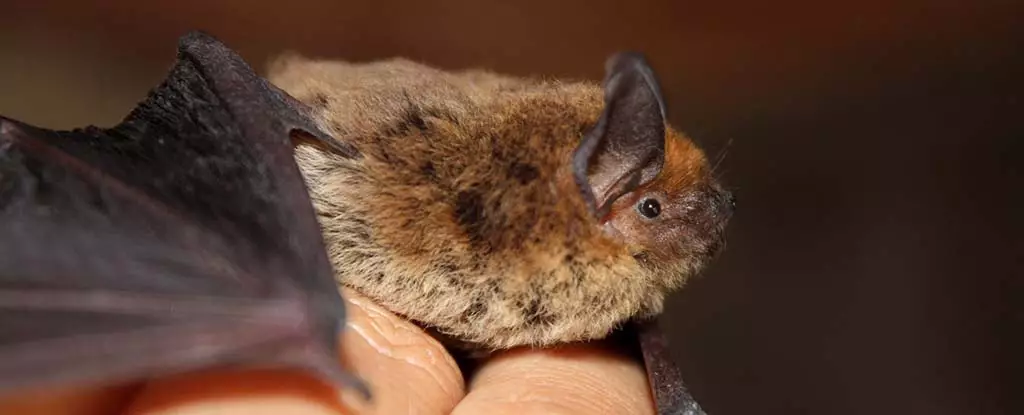Bats have long been misunderstood and feared creatures, often associated with dark and ominous imagery. However, recent research has shed light on the vital role that bats play in our ecosystem, particularly in terms of human health and agriculture. A study conducted by Eyal Frank from the University of Chicago highlights the devastating effects of white-nose syndrome (WNS) on bat populations and the cascading impact on human infant mortality rates.
White-nose syndrome is a fungal disease caused by Pseudogymnoascus destructans and was first discovered in bats in New York’s Howe Cave in 2006. Since then, it has decimated bat populations across the United States, with mortality rates averaging above 70 percent. The loss of these insect-eating bats has had a direct impact on crop pest numbers, leading to increased pesticide use by farmers to protect their crops.
Frank’s study found a disturbing correlation between the decline of bat populations due to WNS and an increase in infant mortality rates. Counties affected by mass bat die-offs saw a 31 percent rise in pesticide use, resulting in a 29 percent drop in crop sales revenue. This shift towards chemical solutions had dire consequences, with an estimated 1,334 additional infant deaths attributed to internal causes of death.
Economic and Environmental Costs
The economic and environmental costs of the decline in bat populations are staggering. Frank estimates that between 2006 and 2017, farmers in WNS-affected counties incurred a combined cost of US$26.9 billion. The rise in pesticide use not only led to increased infant mortality rates but also had negative implications for crop composition and overall economic conditions in these areas.
Frank’s research underscores the critical importance of conserving bat populations for the functioning of our ecosystem and the well-being of human society. As natural pesticides, bats play a crucial role in controlling insect populations that can wreak havoc on crops. The cost of preserving bat populations is minimal compared to the significant economic and health toll of their decline.
Bats are not the sinister creatures they are often portrayed to be, but rather essential contributors to our environment and agriculture. The study by Eyal Frank highlights the far-reaching consequences of the loss of bat populations due to white-nose syndrome, emphasizing the urgent need for conservation efforts to protect these valuable creatures. The well-being of our society and ecosystem depends on recognizing and preserving the critical role that bats play in maintaining a healthy and balanced environment.


Leave a Reply